In music in the major-minor idiom changes can occur as the result of changes (alterations) of tones of the scale of that moment.
The major scale can in this way be extended t 12 pitches/keys.
In minor the differences in the 6th and 7th note result in a scale of nine tones/pitches. Which notes are used depends on the musical context. The labeling of minor scales as natural, harmonic and melodic is a theoretical issue and not a reflection of musical practice.
These labels are persisitent; it's good to know them. Strictly speaking we deal in minor with a scale of 9 tones/pitches.
We will depart from C major and a minor for our examples.
We can make alterations with sharps and flats.
We can speak of "sharp" and "flat" alterations.
Note example 1: C major chromatic ascending and descending:

As a result of chromatic additions the well know pattern of major/minor is obscured.
In harmony alterations are connected with harmonic phenomena. The chords connected with this are called altered chords.
We can see things like:
- ascending artificial leading tones (for examples in applied dominants in the form of V and V7, VII)
- descending artificial leading tones for example a descending 7 in applied dominants)
- alterations leading to special colour changes of common chords (Np, Moll-Dur, Dur-Moll, but also mediants!)
- Alterations resulting in modal scale patterns that have consequences for used chords and that can lead to "modal" harmony.(Fauré, Ravel, and, to a lesser extent, Debussy).
Characteristic leading tones
#4-5 and 7-8 as bass notes in major and minor;
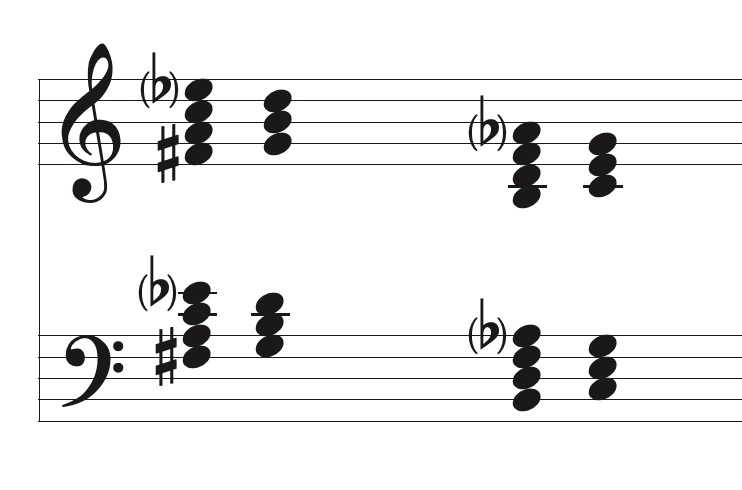
Applied dominants (V7) for II, III, IV, VI in major; leading tones in one of the upper voices
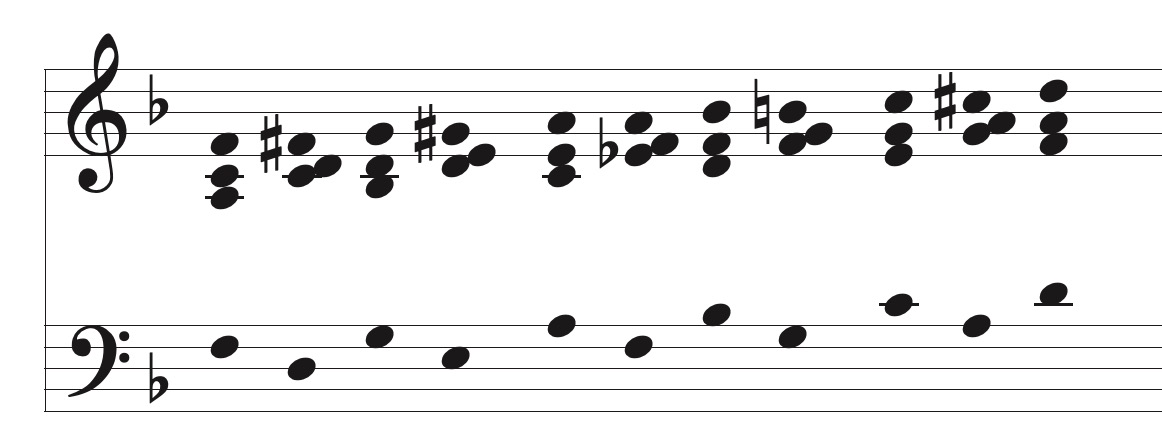
In a similar fashion with chromatic ascending line in the bass (repeated 65-chord as applied dominant).
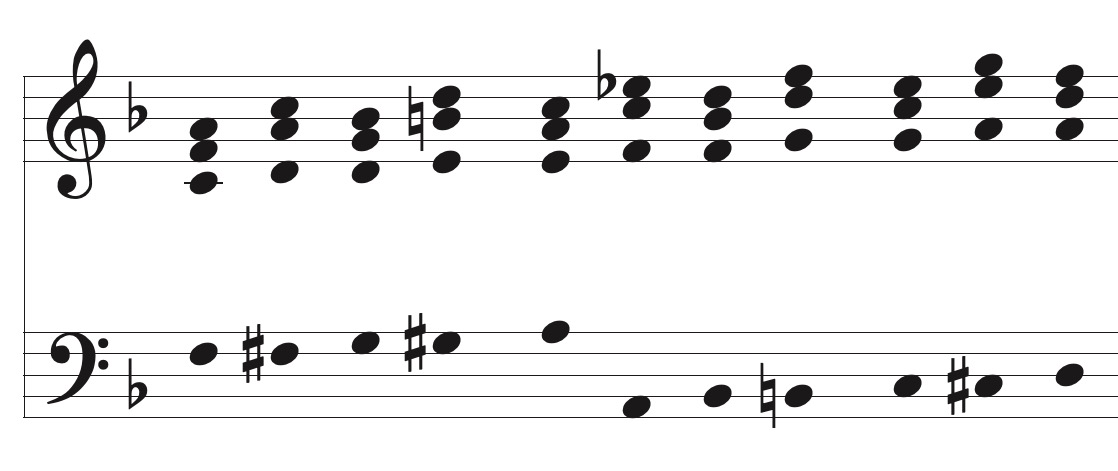
b2-1 in major and minor (Np. 6) chromatic encircling of the tonic note in one of the upper voices. See also Neapolitian 6-chord..
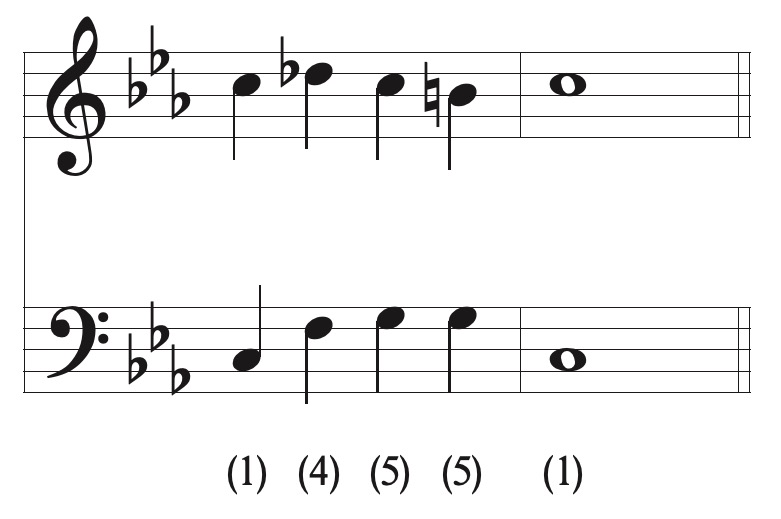
Descending leading tone in the bass towards the dominant (b)6-5 in combination with an ascending leading tone to the dominant:
the chords with an "augmented sixth".
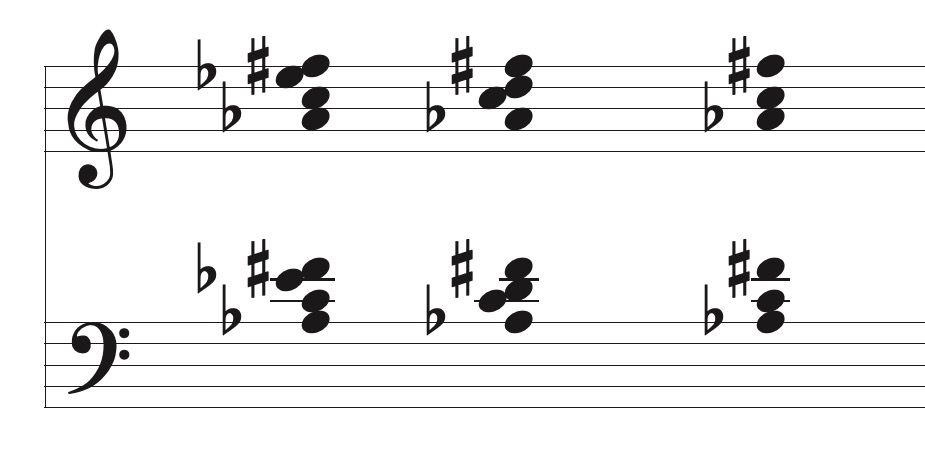
Ernest W. Mulder presented a useful discrimination between
- concentric alteration: chromaticism linked to tones of the scale/key of that moment, so moving "back" to notes of the scale.
- excentric alteration: chromaticism aiming at tones outside the scale/key of that moment and which can lead to very sudden modulations.



